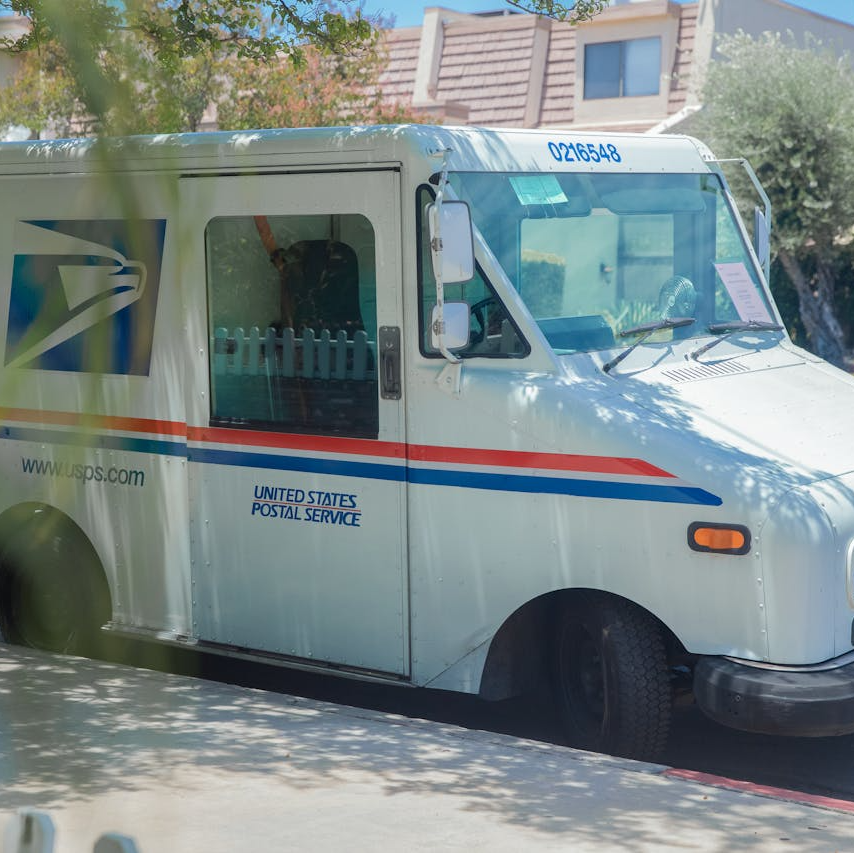Key Takeaways
-
Medigap plans are standardized by letter (A through N), but what they actually cover in practice can differ due to timing, enrollment conditions, and provider billing.
-
Postal retirees under the PSHB program need to evaluate how each plan interacts with their Medicare Parts A and B and whether the actual out-of-pocket costs justify the premium.
Understanding the Basics: Standardization Doesn’t Mean Identical Experience
At first glance, Medigap plans appear simple. Plan G is Plan G, whether you enroll in California or Florida. This uniformity is mandated by federal law: each Medigap plan type must offer the same basic benefits across the country. But what many don’t realize is that this standardization applies only to the benefit structure, not to the actual dollar amount you may pay or the service experience you receive.
That distinction is especially important now that you’re part of the Postal Service Health Benefits (PSHB) program. You’re not just choosing a Medigap plan in isolation—you’re coordinating it with your Medicare benefits and the PSHB plan you currently have or plan to keep. Understanding what your plan really covers beyond its label is critical.
What Each Medigap Plan Covers—On Paper
Each Medigap plan is designated by a letter: A, B, C, D, F, G, K, L, M, and N. As of 2025, Plans F and C are still only available to those who were eligible for Medicare before January 1, 2020. That leaves Plans G and N among the most widely available options for new enrollees.
Most popular Medigap plans help cover:
-
Medicare Part A coinsurance and hospital costs
-
Medicare Part B coinsurance or copayment
-
Blood (first 3 pints)
-
Part A hospice care coinsurance
-
Skilled nursing facility coinsurance
-
Part A deductible
Plans G and N, for example, both cover most of these costs. The main differences lie in how they treat Part B excess charges and copayments.
The Reality: Medigap Plan Coverage Isn’t Always the Same in Practice
You might assume that if Plan G covers excess charges, then that’s the end of the story. But in practice, here’s where things vary:
-
Provider Participation: Not all doctors accept Medicare assignment. Those who don’t may bill you for the difference (up to 15% more), and your Medigap plan may or may not cover it, depending on which plan you have.
-
Billing Timelines: If your provider delays submitting claims or you use out-of-network services (even though Medicare doesn’t technically have a network), your Medigap coverage may kick in differently, leading to short-term out-of-pocket expenses.
-
Plan Coordination: Your PSHB plan may offer overlapping coverage, such as skilled nursing facility coinsurance or blood transfusion benefits. If you’re paying extra for a Medigap plan that covers services you already get through PSHB, that’s redundant spending.
Timing Is Everything When Enrolling in Medigap
When you first become eligible for Medicare Part B, you enter a 6-month Medigap Open Enrollment Period. During this window, you can enroll in any Medigap plan available in your area without being denied coverage or charged more due to health conditions.
However, if you delay or switch plans later, underwriting may apply. This can lead to higher premiums or denial of coverage. The best time to compare and commit is when your Medigap rights are protected.
This is particularly relevant to Postal retirees transitioning to Medicare and PSHB at the same time. If you’re turning 65 and enrolling in Medicare Part B in 2025, this year may be your only window for guaranteed-issue Medigap coverage.
Comparing Medigap Plans? Ask These Specific Questions
When evaluating plans that appear identical by name, focus on these practical considerations:
-
Does the plan cover Part B excess charges? Only Plans G and F cover these. Plan N does not.
-
Are there copayments for office visits and emergency care? Plan N requires copayments; Plan G does not.
-
How does this Medigap plan coordinate with my PSHB benefits? For example, if your PSHB plan reduces your inpatient cost-sharing, you may not need a Medigap plan with high hospitalization benefits.
-
Does the plan use community-rated, issue-age-rated, or attained-age-rated pricing? This determines how much your premiums may increase over time.
-
Are there any waiting periods for pre-existing conditions if I’m outside my Medigap Open Enrollment?
Answering these questions will uncover the true differences hidden beneath the standardized structure.
Medigap Costs Go Beyond Monthly Premiums
Premiums are only one part of the equation. Medigap plans also differ in how much you might pay in:
-
Annual deductible exposure (especially for Plans with partial coverage)
-
Copays and coinsurance, particularly under Plan N
-
Uncovered services if you receive care outside of what Medicare deems necessary
In some scenarios, a lower-premium plan may end up costing more over the year if you require frequent outpatient services. Always consider your average medical usage and how often you see specialists.
How PSHB Influences the Value of Your Medigap Plan
As a Postal retiree under PSHB, your Medicare coordination works differently than a typical private retiree.
Many PSHB plans integrate with Medicare by offering reduced cost-sharing, waived deductibles, or even partial reimbursement of your Medicare Part B premium. These perks can reduce the need for a full-coverage Medigap plan.
For instance:
-
If your PSHB plan waives inpatient deductibles when Medicare is primary, you may not benefit from Medigap hospitalization coverage.
-
If your PSHB plan caps out-of-pocket expenses or covers foreign travel emergencies, paying extra for those Medigap features may be unnecessary.
This makes it even more important to evaluate Medigap coverage in context, not isolation.
Don’t Assume a Higher Premium Means Better Coverage
Higher premiums often reflect age-based pricing, administrative overhead, or plan popularity—not necessarily better coverage. Two Plan Gs from different companies might offer identical benefits on paper but charge very different premiums.
However, not all differences are price-related. Service levels, claim processing speeds, and customer support also vary. But as a Postal retiree, your primary concern should be what you’re paying for versus what you truly need in 2025.
Medigap Doesn’t Cover Prescription Drugs
This is a common misunderstanding. Medigap plans sold today do not include outpatient prescription drug coverage. You’ll need a separate Part D plan unless your PSHB coverage already includes integrated prescription benefits through Medicare Part D (as is common under PSHB in 2025).
Check whether your PSHB plan automatically provides drug coverage through an Employer Group Waiver Plan (EGWP). If so, a standalone Part D plan may be unnecessary—and enrolling in both could cause conflicts.
Comparing Medigap Plans in 2025: Be Practical, Not Just Theoretical
It’s tempting to think of Medigap plans as interchangeable commodities, but the practical differences matter:
-
Some are better for frequent outpatient users.
-
Others are more useful if you often travel or see specialists who don’t accept Medicare assignment.
-
Still others may be redundant if you’re in a robust PSHB plan that limits your Medicare exposure.
Choosing well requires looking at your own situation—not just the plan chart.
When Your Needs Change, So Should Your Plan Evaluation
Health isn’t static, and neither is your budget. Even though Medigap plans themselves don’t change frequently, your usage of healthcare does.
That means you should revisit your plan selection if:
-
Your medications, providers, or health status have changed
-
You plan to move to a different state
-
You become eligible for a new PSHB or Medicare benefit
While switching Medigap plans later may require underwriting, some states have birthday rules or special enrollment periods that allow for easier changes. Stay informed about what applies to you.
What You See Isn’t Always What You Get
Just because two Medigap plans share a letter name doesn’t mean they perform the same in reality. You need to dig beneath the chart to see what you’re truly getting—and whether that aligns with your health needs, your PSHB coverage, and your financial situation.
A licensed agent listed on this website can walk you through your Medigap options in context. Ask them to explain not just what each plan says it covers, but how that actually plays out when combined with your PSHB benefits.











